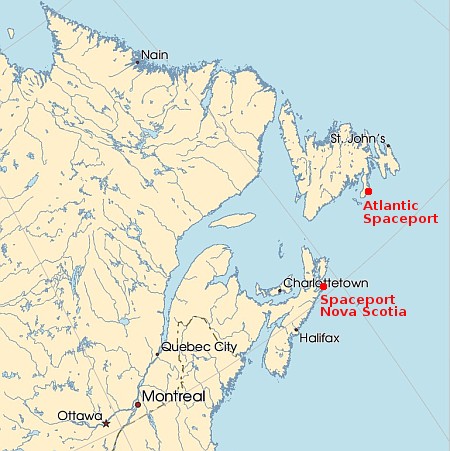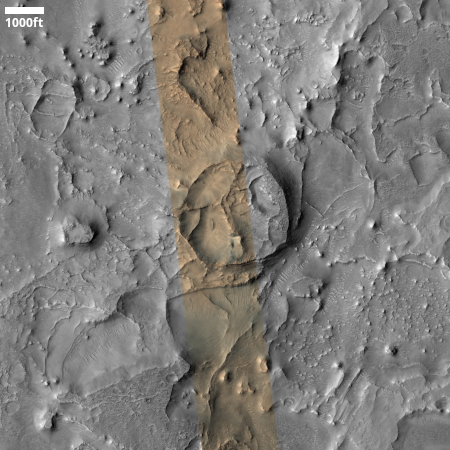SpaceX settles Cards Against Humanity lawsuit against it
Though no monetary numbers have been released, its appears Cards Against Humanity (CAH) has settled its $15 million lawsuit with SpaceX, instigated when the company illegally stored equipment on a piece of land CAH had purchased in 2017 in an effort to block Trump’s border wall.
Per AP, according to Texas court records, a settlement was finalized last month, prior to the upcoming Nov. 3 jury trial marked on the calendar. SpaceX owns other land plots in the Brownsville, Texas area in Cameron County, but apparently had no right to use this patch.
“The upside is that SpaceX has removed their construction equipment from our land and we’re able to work with a local landscaping company to restore the land to its natural state: devoid of space garbage and pointless border walls,” CAH wrote in a recent message to customers. “Were we hoping to be able to pay all our fans? Sure. But we did warn them they would probably only be able to get like $2 or most likely nothing.”
Based on a somewhat childish and obscene statement from CAH describing the settlement, it got little additional money from SpaceX. The company admitted its trespass, agreed to pay for the restoration, but agreed to nothing else. In response, CAH says it will issue a free new set of cards “all about Musk” to those who donated to buy the land. The tone of CAH suggests the cards will be equally childish and obscene.
As for the border wall, if the Trump administration decides it wants to build it across this piece of land, CAH’s ownership won’t make any difference. The Trump administration will simply initiate eminent domain proceedings to take the land.
Though no monetary numbers have been released, its appears Cards Against Humanity (CAH) has settled its $15 million lawsuit with SpaceX, instigated when the company illegally stored equipment on a piece of land CAH had purchased in 2017 in an effort to block Trump’s border wall.
Per AP, according to Texas court records, a settlement was finalized last month, prior to the upcoming Nov. 3 jury trial marked on the calendar. SpaceX owns other land plots in the Brownsville, Texas area in Cameron County, but apparently had no right to use this patch.
“The upside is that SpaceX has removed their construction equipment from our land and we’re able to work with a local landscaping company to restore the land to its natural state: devoid of space garbage and pointless border walls,” CAH wrote in a recent message to customers. “Were we hoping to be able to pay all our fans? Sure. But we did warn them they would probably only be able to get like $2 or most likely nothing.”
Based on a somewhat childish and obscene statement from CAH describing the settlement, it got little additional money from SpaceX. The company admitted its trespass, agreed to pay for the restoration, but agreed to nothing else. In response, CAH says it will issue a free new set of cards “all about Musk” to those who donated to buy the land. The tone of CAH suggests the cards will be equally childish and obscene.
As for the border wall, if the Trump administration decides it wants to build it across this piece of land, CAH’s ownership won’t make any difference. The Trump administration will simply initiate eminent domain proceedings to take the land.








